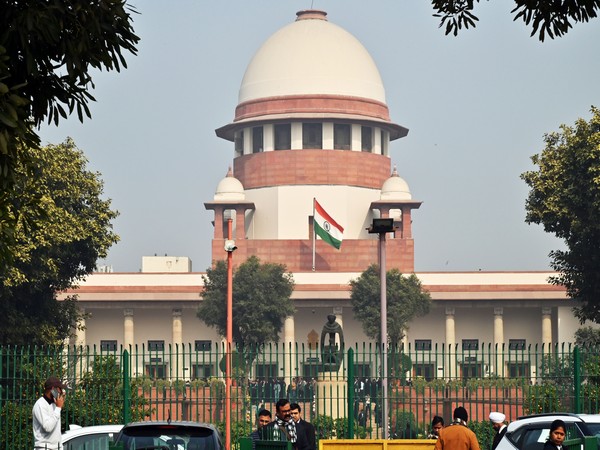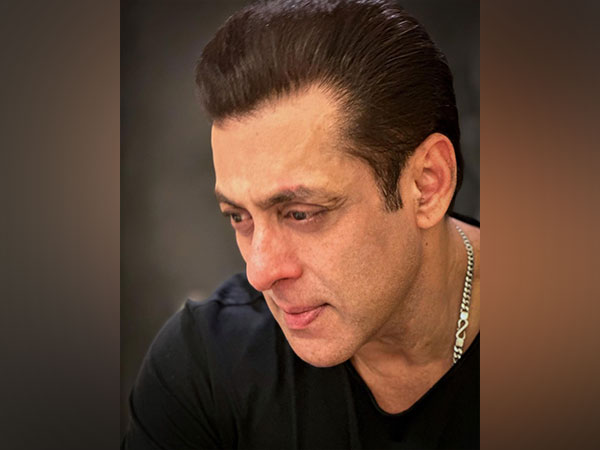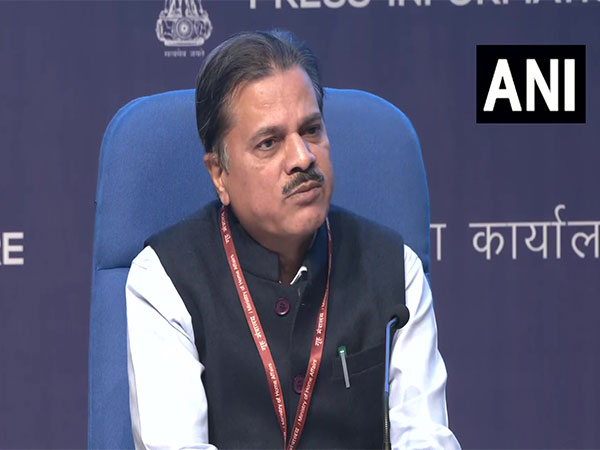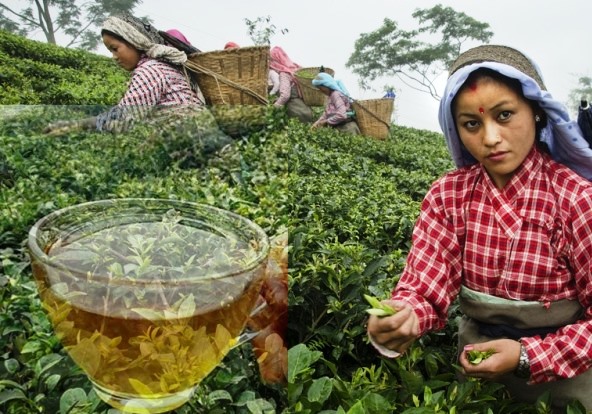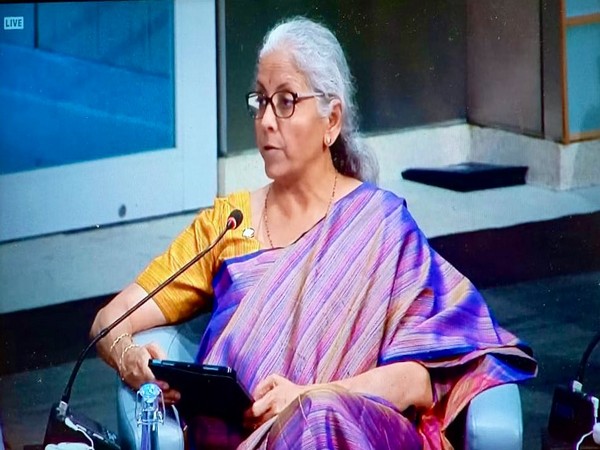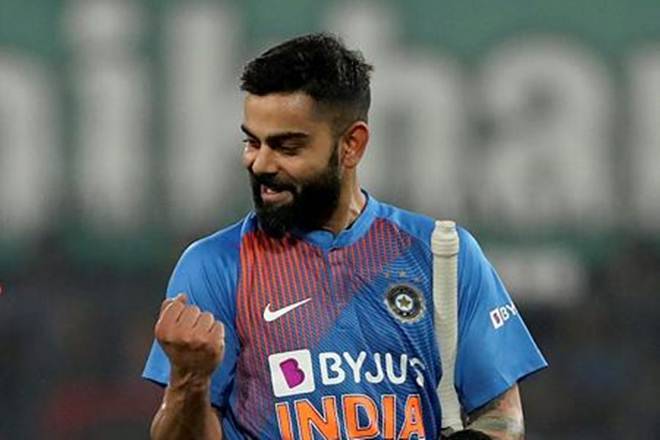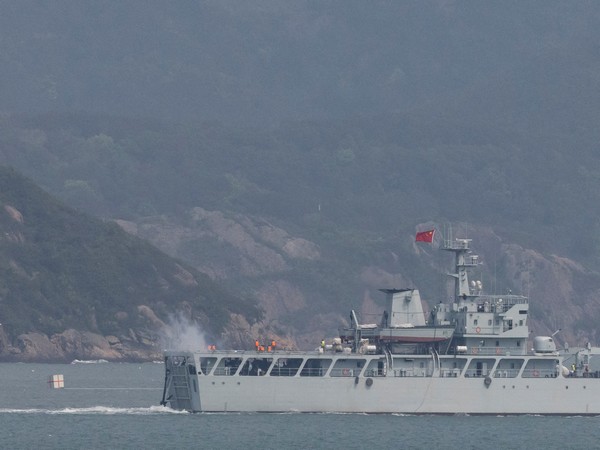Every season is marked by elaborate tasting of single malt whiskey produced in Scotland and wine made in France, California and several other countries before these are recommended for connoisseurs globally. Recommendations of sommeliers, with deep knowledge of what makes a tipple delightful, are something looked forward to with great expectation. In the case of tea, whose popularity as a non-alcoholic beverage is gaining growing traction beyond Asia and Europe in Americas, the value of the produce of a particular origin and the season it is made is left to be decided by tea tasters attached to broking houses and gardens. But at what prices particular lines of teas will be sold to traders are decided at auctions now conducted electronically at all six centres in India, including Calcutta, Guwahati and Cochin.
India, the world’s second largest producer of tea, next to China, made around 1,340 million kg in 2022, almost same as the previous year. The common wisdom is that auction is the best way to discover the right price of any product or commodity. Even then not more than 590.5m kg got sold through e-auction.
What about the tea grown in the hills of Darjeeling, which has Nepal to its west, Bhutan to the east and Sikkim and further up Tibet to the north? The origin of Darjeeling tea, which for all its distinctive qualities have earned the moniker ‘the fine wine of teas’ is traced to 1841 when an East India Company official Archibald Cambell planted Camellia sinensis in the hills in 1841. How does the Darjeeling brew acquire the golden or amber colour and the flavour of muscatel grapes?
This, according to agronomists, has got all to do with the gardens being located on high elevations on steep slopes providing good drainage for rain water, soil composition and the intermittent cloud and sunshine. The orthodox tea produced in the hills has much lower productivity compared with gardens in the plains of Assam, West Bengal and the south. No wonder, Darjeeling gardens smart under high cost of production, which more often than not is not recovered from sales realisation. From all this follows highly low or negative return on investment in Darjeeling tea plantations over many years resulting in sharp production fall and distress sale of many gardens.
The 87 tea gardens in the hills embedded with unique properties to produce a beverage unmatched anywhere else also paid dearly when in support of a separate Gorkhaland state and protest against perceived attempts to impose Bengali on the Nepali speaking majority, the permanent and casual plantation workers, numbering more than 120,000, struck work for over three months in 2017. Not only an entire season of four crop cycles and prized exports were lost but all the gardens had to stare at unwieldy growth of bushes.
In fact it took many plantations as many as five years to return to normal operations. The decline of the industry over the past decade is palpable with tea output in the hills down to 6.5 million kg in 2022 from the decade earlier around 1 million kg. What, however, proved to be redeeming is the brand equity of Darjeeling tea in the world market has remained intact notwithstanding it being denied supply over many months.
For the uninitiated the distinctive flavours and colours of the brew will keep on changing with plucking periods (read flushes). Tea bushes in the hills go into hibernation during the winter. But coinciding with the arrival of spring and the leaves brought to life with winter rains – tender and very light green in appearance – the famed first flush is heralded which lasts till April end. Highly sought by royalties and discerning rich in Germany and Japan in particular, almost the entire production of first flush imparting a pleasant brisk flavour claiming very high value is exported.
ALSO READ: Stirring The Tea Typhoon
What is harvested between May and June will produce liquor “more round, mellow and with more colour (amber) with a slightly fruity flavour.” In this second flush, drinkers who know their tea will experience the distinguishing muscatel flavour. The second flush Darjeeling tea for all its qualities is too much sought in demanding export markets.
The summer third flush running from July to September finds the nature of liquor changing, becoming stronger yet retaining the brightness and overall character of Darjeeling hill grown tea. Liquor made from final fourth flush tea leaves harvested between October and November has a light “coppery tinge with a delicate character.” The third and final flush tea is marketed very largely within the country. Because of unrestrained exports of tea by Nepal across the border, which in many places remain porous, to India, taking advantage of nil import duty here under the free trade agreement (FTA) between the two countries in operation since 2009, the already emasculated Darjeeling tea industry is now facing existential crisis.
While 87 estates in Darjeeling manage to make about 6.5 million kg of tea a year, which more often than not sells at auction at less than production cost, imports from Nepal jumped to 17.4m tonnes in 2022 from 9.2 million kg in the previous year. The problem arises because the cheap Nepalese tea is sold here masquerading as Darjeeling tea without the unsuspecting drinkers realising that they are being short changed. Nepalese tea being sold as Himalayan tea creates a confusion among Indian buyers since Darjeeling too is too part of that range. Let the tea originating in Nepal be sold only as tea from Nepal to end that confusion.
Darjeeling planters will tell you that in many ways the growing condition in the two hilly regions are identical – high elevation of gardens, similar rainfall, alternating sunshine and mist and cool Himalayan breeze wafting through hill slopes. But then muscatel aroma and liquor colour of Darjeeling tea, which is the first Indian commodity to win geographical indication tag for protection of its purity, remain unmatched. Much of what makes Darjeeling tea, specially what comes in the first two flushes exotica will always remain unexplained. A nature’s gift bestowed on about 17,500 hectares in the hills of Darjeeling! A terroir special.
The hills on the other side in Nepal have, however, missed out on this benediction. Even then to be fair to the Nepalese tea industry, its orthodox variety made from tea leaves grown in Himalayan high altitudes following traditional methods is fairly good in quality and also has found favour with tea drinkers globally. But no way will it ever be seen as the fine wine among teas. Nepal sells the very major part of its top range of orthodox tea in India. This is not much of a bother for Indian industry officials. What, however, is of growing concern is the ever rising volume of low quality CTC (crush, tear and curl) tea gaining passage into India. Imports of large volumes of duty free cheap Nepalese tea, which either is marketed here as Darjeeling tea or is mixed with Indian brew have an adverse impact on Indian tea prices. Incidentally, India imported nearly 30 million kg of tea from over 20 countries last year in which the share of Nepal alone was about 17.5 million kg.
Smarting under escalating production cost and productivity fall, the industry here sees unrestricted tea imports from the neighbouring country will further compound its problems by way of compromising Darjeeling tea brand in the domestic market and lowering of prices. Planters here have concerns about traceability and pesticide compliance of Nepalese tea that is finding its way in India in growing quantities. Remember, most gardens in Darjeeling have migrated to growing organic tea with nil use of chemical fertilisers and pesticides.
Chairman of Indian Tea Board Saurav Pahari will attribute such large occurrences of the neighbour’s tea here to “low prices and easy availability.” To contain the import surge, Pahari has told the Indian Customs to do a thorough job of checking licences of importers and clearance certificates issued by Tea Board. In the meantime, the industry here has proposed a raft of measures for New Delhi to consider for curbing of tea imports from Nepal. Among the recommended corrective steps are imposition of an import levy of 40 per cent as Indian tea invites in Nepal and restricting imports to only packet tea mentioning origin of product.
While there is force in the protection the industry is seeking, the Indian market has become the mainstay for tea producers in Nepal. Last year they sold well over half their production of 31 million kg here. No wonder then, the Indian Parliamentary standing committee on commerce recommending much stricter standards on certificates of origin for Nepalese tea imports and now the chorus of protests by Darjeeling tea planters against the beverage influx have rattled their counterparts across the border.
The over $40 million tea industry in Nepal provides employment to about 200,000 people. Nepalese planters find it infra dig to be told that they don’t make good tea. They also complain “constant Indian policy changes are making exports to the neighbour increasingly challenging.” Whatever harm imports may be doing to Darjeeling gardens, New Delhi will remain circumspect in dealing with Nepal, where China has strategic interest and will be out to make capital out of Indian discomfiture.


